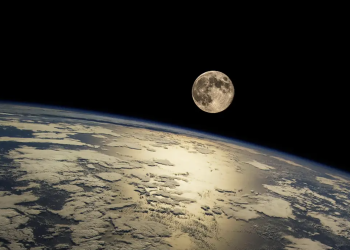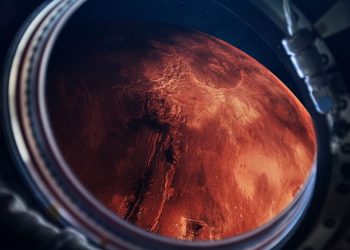The Parker Solar Probe came closer to the Sun than any other spacecraft
The Parker Solar Probe determined the position of the critical surface of Alfvén for the first time in history. This is the boundary between the Sun’s corona and the free flow of the solar wind. This happened in April this year when the probe entered the Sun’s corona three times. The boundary itself is nonspherical and is located at an average distance of 18.8 times the radii of the Sun from the center of the star.
Near the Sun, the behavior of charged particles is controlled by the magnetic field of the star, while the magnetic pressure in the corona exceeds the thermal pressure, and magnetohydrodynamic Alfvén waves propagate in it much faster than sound waves.
The magnetic field is believed to be responsible for a number of phenomena occurring in the Sun’s atmosphere, such as abnormal heating of the corona, the formation of coronal loops and streamers, and the acceleration of the solar wind.
Corona plasma and solar winds
In order to distinguish the corona plasma, still associated with the Sun, and the free flow of the solar wind, astronomers introduced the concept of the critical surface of Alfven. Outside it, the radial component of the solar wind speed exceeds the propagation speed of Alfvén waves, and the kinetic energy density of the solar wind is less than the magnetic energy density.
Scientists have long been interested in the processes going on in the sub-AlfveÂn area, such mechanisms which may be responsible for heating of the ions in the corona (such as resonance damping of ion-cyclotron waves ), or the phenomenon of inversion of the magnetic field, described as nonlinear Alfvén waves.
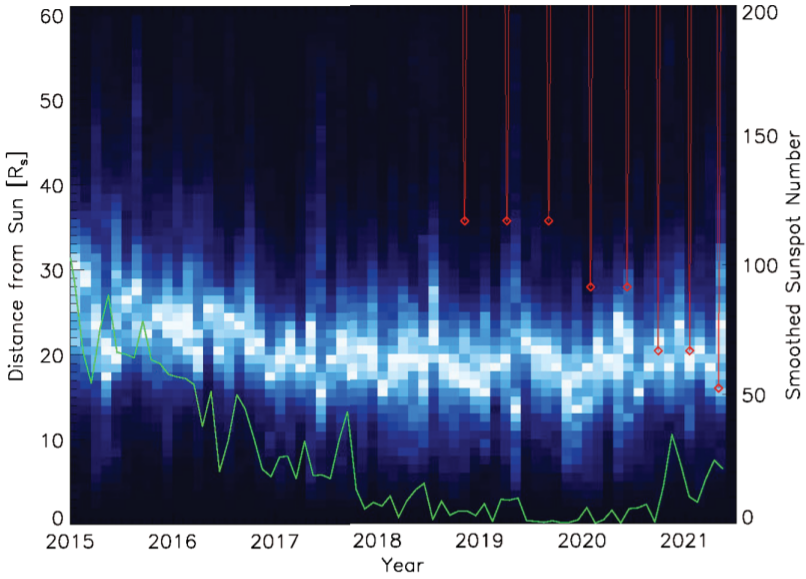
Until recently, only the solar wind flux, no longer associated with the star, was available for spacecraft research. The situation changed in 2018 when the Parker Solar Probe was launched into space, which so far has made ten encounters with the Sun out of the planned 24. It is conducting research on the parameters of the solar wind and the outer layers of the star during very close encounters with it.
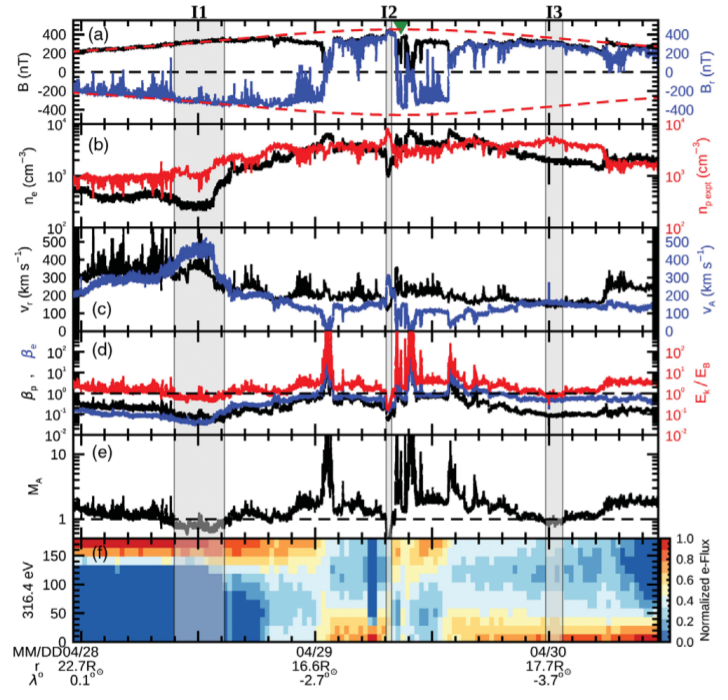
Results of Parker’s flight through the corona
Astronomers from the University of Michigan published the first results of the analysis of the observations of the sub-Alfven solar wind flux, obtained by the Parker Solar Probe on April 28, 2021, during the eighth approach to the Sun. The observation session lasted 5 hours, the distance from the apparatus to the center of the star varied from 19.7 to 18.4 of the solar radius. In total, during the rendezvous, there were three events of penetration of the probe into the region below the surface of Alfven, which were the first in history.

Based on the collected data, the scientists were able to reconstruct the volumetric picture of the magnetic field in the region between the Sun photosphere and the probe. It was found that the surface of Alfven is indeed nonspherical and is located at an average distance of 18.8 solar radii from the center of the star. The corona region below this boundary is characterized by an Alfvén Mach number of 0.78 and magnetic energy that exceeds both the kinetic and thermal energies of charged particles.
Scientists note that when Parker first penetrated the corona, it passed through a stream of solar wind that occurs on rapidly expanding magnetic field lines located above a pseudo streamer, a large-scale structural element of the Sun’s corona. The third coronal penetration occurred over the Sun’s equatorial coronal hole.
Researchers expect that as the Parker Solar Probe gets closer to the Sun, the number of discoveries will increase. In mid-December 2024, the device will approach the Sun to a distance of about 9-10 solar radii.
Join the discussion and participate in awesome giveaways in our mobile Telegram group. Join Curiosmos on Telegram Today. t.me/Curiosmos
Sources:
• Hatfield, M. (2021, December 13). NASA enters the solar atmosphere for the first time. NASA.
• Kasper, J. C. (2021, December 14). Parker solar probe enters the magnetically dominated Solar Corona. Physical Review Letters.
• Smithsonian Magazine. (2021, December 15). For the first time ever, a NASA spacecraft has ‘touched’ the sun. Smithsonian.com.
• Tangermann, V. (2021, December 16). NASA’s probe took a video as it “Touched the sun” and wow. Futurism.



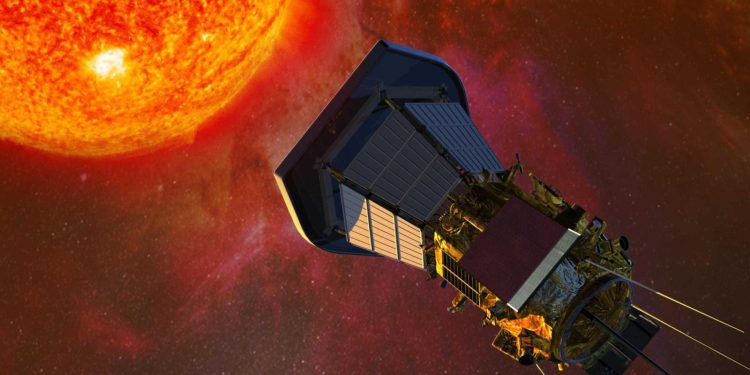
![On November 25, 2024, a Long March-2C rocket successfully lifted off from the Jiuquan Satellite Launch Center in northwest China, carrying two advanced satellites into orbit. The launch occurred at 7:39 a.m. Beijing Time, placing the Siwei Gaojing-2 03 and Siwei Gaojing-2 04 satellites into their designated trajectory. [Photo/Xinhua].](https://curiosmos.com/wp-content/uploads/2024/11/Chinese-Satellites-120x86.jpeg)

